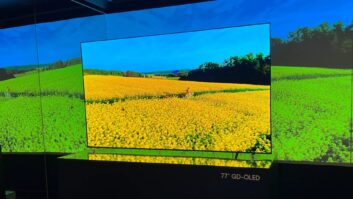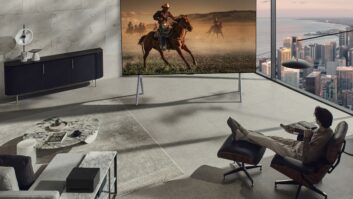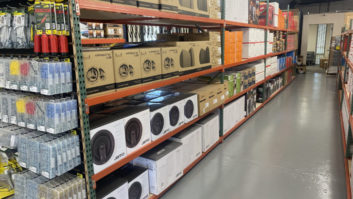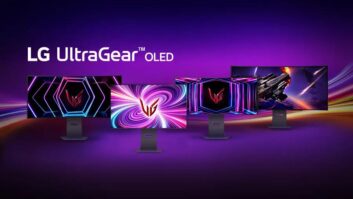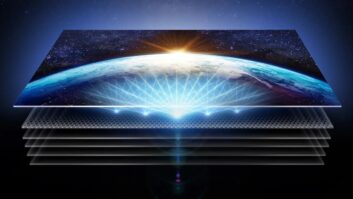Tokyo –
and
disclosed Tuesday that
they have entered into an technology and and capital alliance on their OLED
lighting businesses, which will strengthen their company relations.
Mitsubishi Chemical said it has
decided to enter the OLED lighting business, and is aiming to begin full-scale
mass production and launch of illumination appliances in 2011.
Resulting products will produce
light systems that are bright, yet easy on eyes, the company said, because OLED
lighting does not create a spot or strip of light like electric bulbs and
fluorescent lights. The whole panel body emits light evenly across the surface.
Brightness and color can be freely controlled (dimness/tone), and panels can be
made transparent like a glass window and can be flexible, allowing development
of either flat or curved light surfaces.
The technology does not use mercury
and can operate on low electricity levels.
Mitsubishi Chemical set target
sales from the technology at $335 million (30 billion Japanese yen) for 2015,
and $1.1 billion (100 billion Japanese yen) for 2020.
Through the alliance, Mitsubishi
Chemical will use OLED lighting panels supplied by Pioneer. Joint research is
also planned for printable OLED lighting development and commercialization, the
companies said.
To strengthen the strategic
partnership, Pioneer will issue Mitsubishi Chemical about $6.7 million (600
million Japanese yen) in new stock through third-party allotment.
According to the statement, both
companies are currently performing joint research on OLED lighting panels that
use printable hole injecting material (HIM) and new emitting materials.
In line with its goal to start
early stage mass production and marketing of new printable emitting materials,
Mitsubishi Chemical is moving on with research and development, as well as
looking into the commercialization of printable OLED lighting.
Currently, OLED lighting panels are
commonly created through a vapor deposition process, which makes it difficult
to mass-produce defect-free, large, uniform surfaces. However, Mitsubishi
Chemical’s printable materials realize the mass production of the world’s
largest class of lighting area, about 14cm square, with Pioneer’s commercial
lines, the company said.
Mitsubishi Chemical plans to use OLED
lighting panels supplied by Pioneer to launch illumination appliances that make
use of the unique benefits of OLED across Verbatim’s worldwide sales network
starting in 2011.
Mitsubishi Chemical plans to
display the world’s first dimmable/tone adjustable prototype this year from
April 11-16 in Frankfurt, Germany at Light+Building 2010, the world’s leading
trade fair for architecture and technology.




